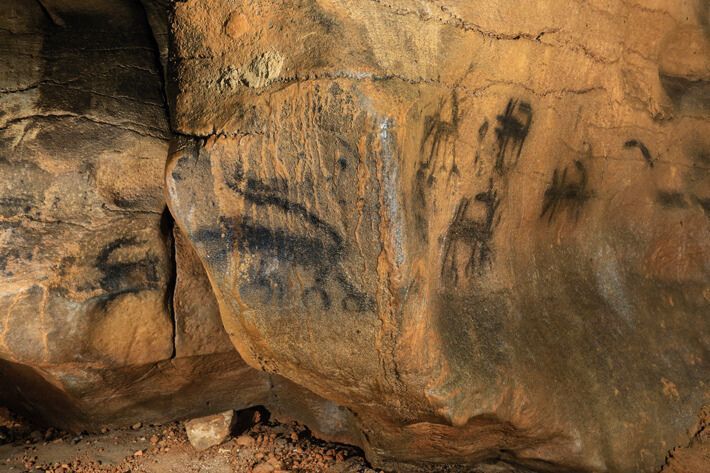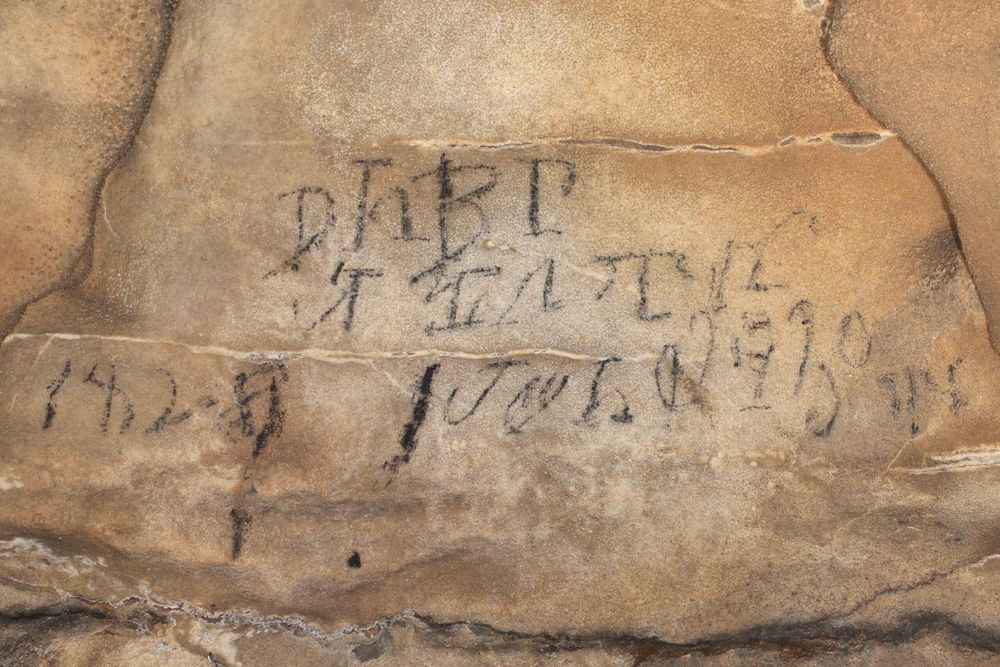Archaeology Magazine
@archaeologymag.bsky.social
1.2K followers
130 following
750 posts
Archaeology Magazine tells the story of the human past through articles that explore the latest discoveries from around the world.
archaeology.org
Posts
Media
Videos
Starter Packs







































